Are your drivers complaining about the sun and rain? This exposure doesn't just affect comfort—it hurts productivity and can even damage your vehicle's controls over time.
Yes, you can and absolutely should add a canopy. Most electric cargo rickshaws are designed for it. Factories like ours offer options from simple semi-enclosed roofs to fully enclosed cabins to match any climate or business need.
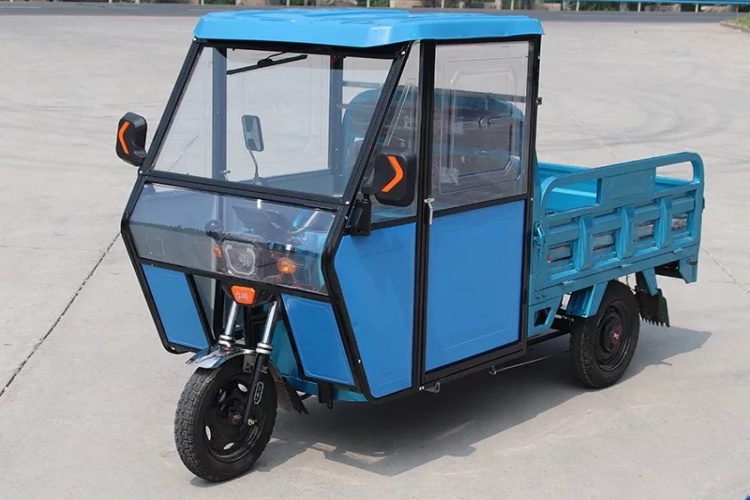
A client from Southeast Asia once asked for fully enclosed cabins for his delivery fleet. We explained that for his hot, humid climate, a semi-enclosed design would be more comfortable for drivers and more affordable. He agreed. Understanding the differences is key to making the right choice for your market, as the "best" option isn't always the most expensive one. It's about finding the right balance for your specific operational environment.
What’s the difference between open, semi-enclosed, and fully enclosed rickshaw designs?
You're looking at different models but are confused by the terms. Choosing the wrong design can lead to unhappy drivers, unnecessary costs, or a vehicle that is unsuitable for your local weather.
An open design has no roof, a semi-enclosed design has a roof and windscreen, and a fully enclosed design adds doors and side windows to create a complete cabin.
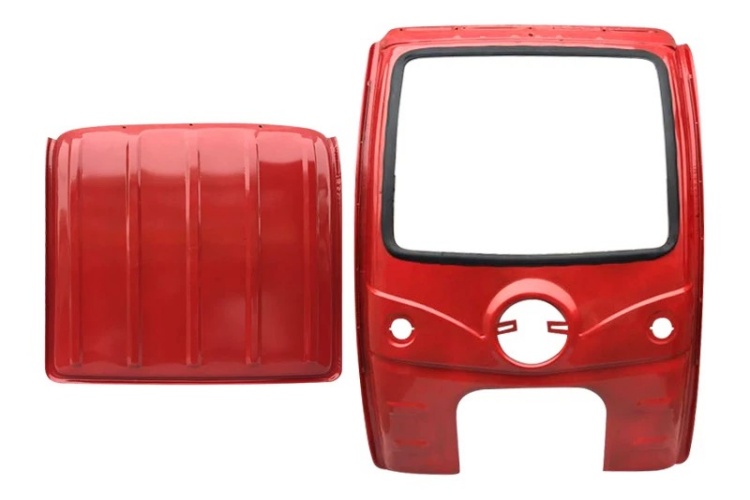
As a factory, we produce all three types because they serve different purposes. The open-body rickshaw is the most basic and cheapest, suitable for use inside a warehouse or in climates with consistently perfect weather. The fully enclosed model is like a small car, offering maximum protection from cold, wind, and heavy rain, but it's also the most expensive and can get very hot. The semi-enclosed design is the most popular for commercial use because it hits the sweet spot. It provides essential protection from the sun and rain while allowing for natural airflow, which is crucial for driver comfort in most regions.
| คุณสมบัติ | Open-Body | Semi-Enclosed | Fully Enclosed |
|---|---|---|---|
| Protection | ไม่มี | Sun and Rain (from front) | All-Weather (Sun, Rain, Wind, Cold) |
| ค่าใช้จ่าย | Lowest | ปานกลาง | Highest |
| Ventilation | Maximum | Excellent Airflow | Limited (can get hot) |
| ดีที่สุดสำหรับ | Internal factory use, fair weather | Most commercial fleets, hot climates | Cold climates, passenger transport |
How do metal and plastic canopy materials compare in durability and price?
You have the choice between a metal or plastic canopy but are unsure which will last longer. One might rust and the other might crack, so making an informed choice is critical for your long-term investment.
Metal canopies are stronger but heavier and can rust if not treated. High-quality plastic or fiberglass is lighter, rust-proof, and often the more practical choice for electric vehicles.
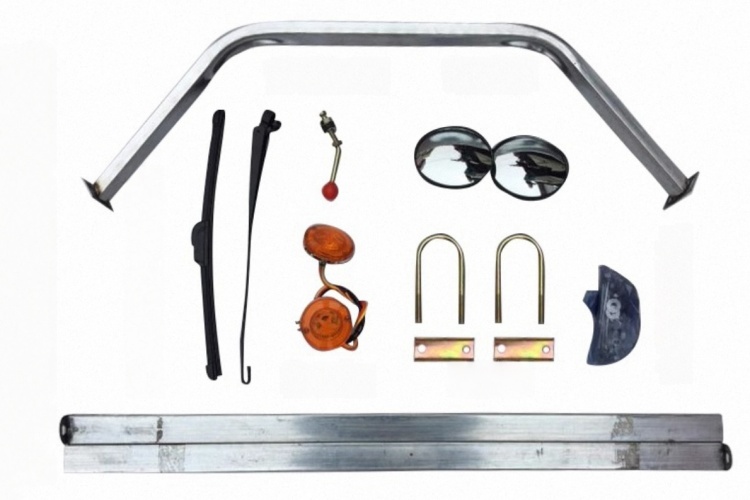
We've worked with both materials extensively. Steel canopies feel very robust, and in environments where the rickshaw might get hit frequently, like a construction site, the ability to hammer out a dent can be useful. However, the extra weight impacts battery range, and if the paint is scratched, rust becomes a major problem. For most of our clients in logistics and sanitation, we recommend canopies made from high-grade ABS plastic or fiberglass. These materials are incredibly durable, completely waterproof, and much lighter. This lighter weight helps maximize the vehicle's range and stability. While a very severe impact could cause a crack, modern plastics are UV-stabilized and designed to withstand years of commercial use without becoming brittle.
Why is the semi-enclosed canopy a more affordable and practical choice for most users?
You want to protect your drivers, but the cost of a fully enclosed cabin for your whole fleet is too high. You need a solution that provides real protection without breaking your budget.
The semi-enclosed canopy offers the most critical weather protection—from sun and rain—at a fraction of the cost and weight of a full cabin, delivering the best return on investment.
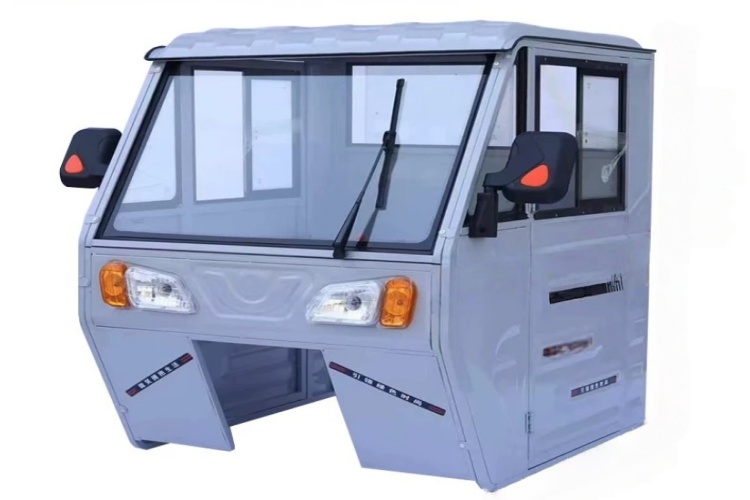
This is the option we recommend to over 80% of our B2B buyers, especially those in logistics or municipal sanitation. Think about the driver's daily experience. They are in that seat for hours. A semi-enclosed design provides a roof for shade and a windscreen to block rain and wind from the front. Crucially, it leaves the sides open for ventilation. In the hot and humid climates of the Philippines, Kenya, or Colombia, a fully enclosed cabin without air conditioning quickly becomes an oven. The semi-enclosed design keeps the driver cool and comfortable, which directly impacts their productivity. It solves the biggest problems (sunburn, getting soaked) for a much lower upfront cost and has no negative impact on battery life. It's the smart, practical business choice.
What benefits does a rain cover bring in daily operation and vehicle protection?
You see a canopy as an optional extra, but you're not considering the hidden costs of not having one. Lost workdays and premature vehicle aging can cost you far more than a simple roof.
A canopy directly increases revenue by enabling all-weather operation, protects the vehicle's electronics from damage, and enhances your professional image, making it an investment that pays for itself.
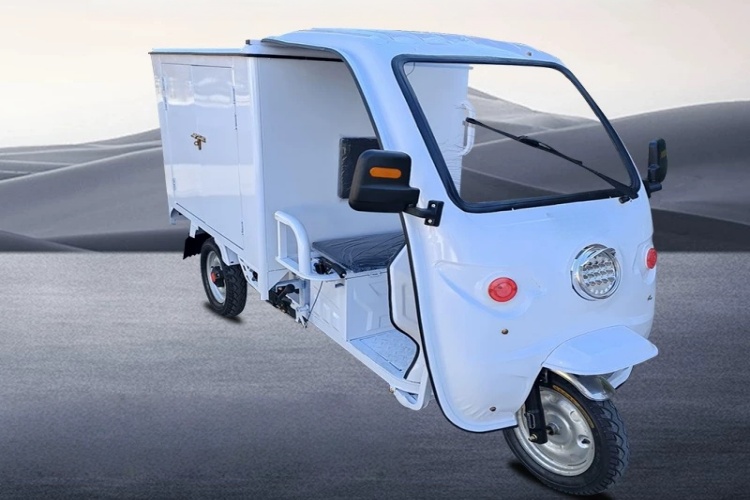
The benefits go far beyond driver comfort. Let's break it down from a business perspective.
More Working Days
Your business can't afford to stop every time it rains. A canopy means your drivers can continue their routes, completing more deliveries and generating more revenue. It turns weather-dependent downtime into productive uptime.
Vehicle Longevity
Constant exposure to harsh sun and rain is terrible for your vehicle. UV rays fade paint and make the dashboard plastic brittle. Water can seep into switches and the digital display, causing expensive electrical problems. A canopy acts as a permanent garage, shielding these critical components and extending the vehicle's service life.
Professionalism and Branding
A fleet of rickshaws with matching canopies looks professional and organized. It tells your customers you are a serious business. Furthermore, the large, flat surfaces of a canopy are perfect for displaying your company logo, phone number, and services, turning every vehicle in your fleet into a moving advertisement.
บทสรุป
A rain canopy is not a luxury; it's a tool for productivity. The semi-enclosed design offers the best value, protecting your driver, your vehicle, and your daily business operations.

